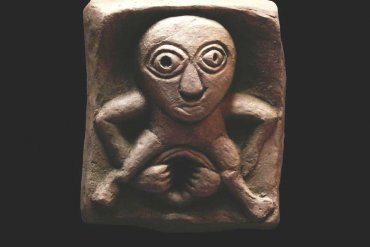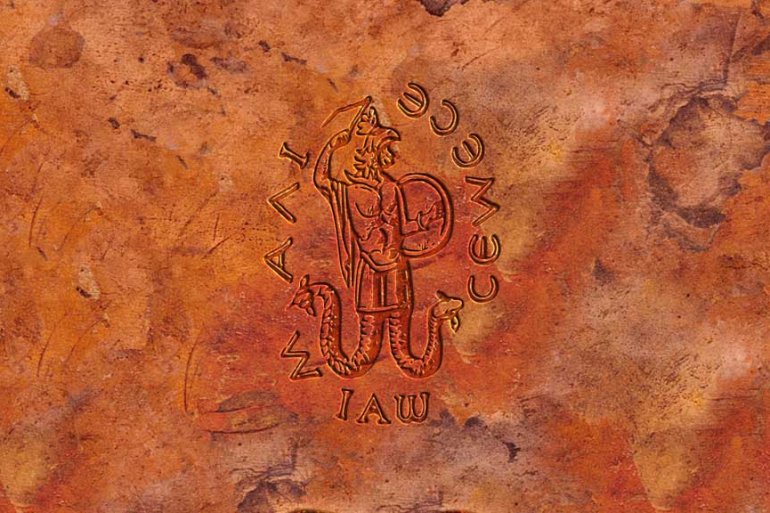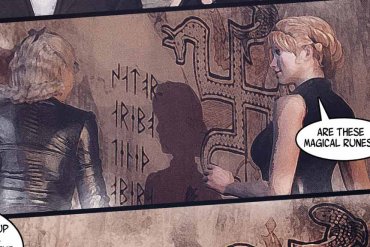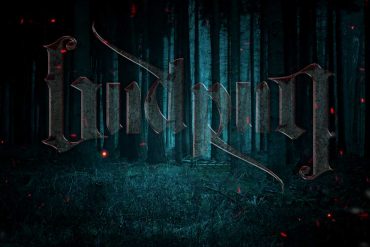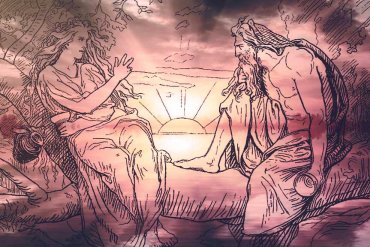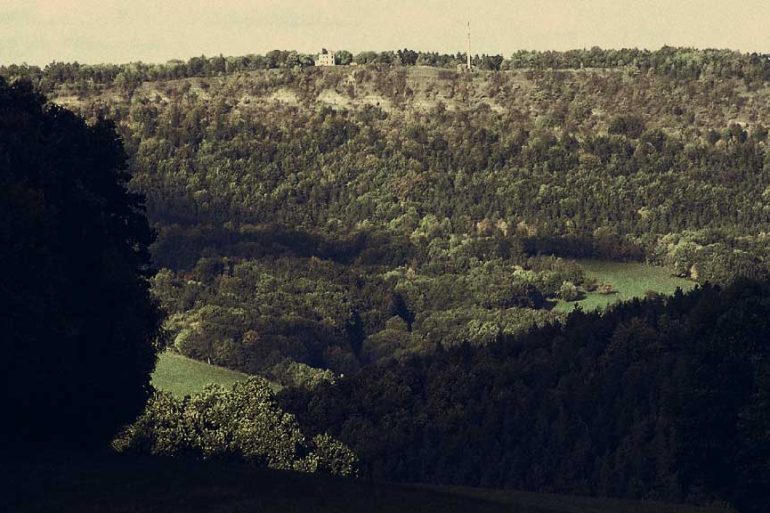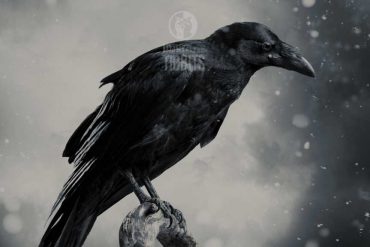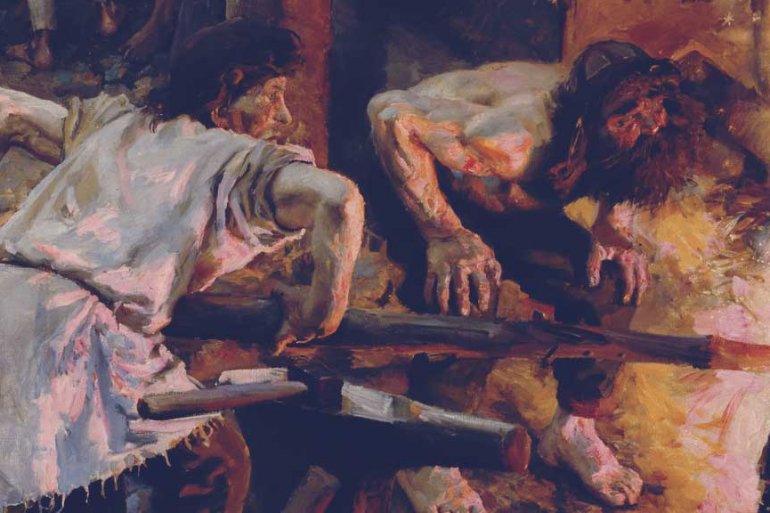It was Rodin who stated that “Man never invented anything new, only discovered things.” Although it’s correct to say that certain symbols have been man-made for a particular purpose, it’s just as correct to argue that everything is somehow inspired by the natural world around us, by the forms of nature, plants, animals, the elements. Even a reaction against the fluid forms of nature is usually inspired by a desire to offer an alternative. Occasionally...
Everything on Mythology and related to the Maier files series. Posts, Articles referring to myths, mythology, ancestral tales, folklore, gods and goddesses
From the earliest historic age, there are references to goddesses who are whimsical, erotic, and ferocious. The first texts of this sort have their provenance in the Near East; the female figures described in these texts are erotic, but they do not appear in the “magical” crouching or dancing positions evinced by their Neolithic predecessors. Anasyrma is literally “the exposing of the genitals.” This is a form of exhibitionism found in religion or artwork, rather...
Carl Jung had written extensively on Abraxas. In his 1916 book called The Seven Sermons to the Dead, Jung called Abraxas a God higher than the Christian God and Devil that combines all opposites into one Being. Abraxas was a polymorphous world spirit which permeates — or even encompass — the very fabric of existence. Abraxas is … a thousand-armed polyp, coiled knot of winged serpents … the hermaphrodite of the earliest beginning … the lord of toads and frogs, […]...
Hidden within age-old classic stories lie the hermetic teachings of alchemy and Freemasonry. In his Mystery of the Cathedrals, the great alchemist Fulcanelli revealed the teachings of the hermetic art encoded in the sculpture and stained glass of the great cathedrals of Europe. What he did for churches, his disciple Bernard Roger does here for fairy tales. It is customary to label as legend the story of a fabulous “fact” attached to either a place—a...
The sator a repo formula was well known throughout the ancient and medieval worlds, and in fact, known as the “Devil’s latin” or the “Devil’s Square”. It remained quite popular in Scandinavia into the 19th century as protection against theft and various illnesses. The magical effect of the formula lies in the fact that if properly spelt and laid out, it constitutes a 25 letter word-square, reading the same horizontally and vertically, left to right...
Emerald. Above all, the glitter of gems has enchanted us and held us hostage. Despite their secret birth underground, they live a rather public life among us, admired, bought, sold, and hoarded. They have become ours in a way a hunk of raw granite never can. Gems have studded ears, adorned fingers, encircled arms, and emblazoned belly buttons. Bits of compressed carbon no larger than a match head have transmogrified themselves into emblems of undying love. Nothing could be more […]...
The German forest is immense, vast, dense, dark, and impenetrable. It is the refuge of the exiled and of outlaws. A site of lairs for terrifying and often monstrous animals. The dwelling place for brigands and marginal individuals. The woods thereby forms a natural frontier. The Bohemian Forest (or Nemus Boemicum) to the south connects with the Bavarian Forest and the Austrian Nordwald; the forest of Falster separates Denmark from Saxony and has always been...
In the Maier files puzzle and quest everything adds up to something and there are several intertwined levels that will eventually result in solving the Otto Maier enigma. One clue and deeper meaning can maybe be found in the history of Saga because a Saga records the history of a people’s soul. Saga is one of the Norse goddesses who are numbered among the Asynjur. Snorri (Gylfaginning, ch. 35) lists her as the second goddess...
Grimm writes that the Hörselberg of Thuringia was still considered in the 10th through 14th centuries to be the residence of the German goddess Holda and her host. He cited legends of night-women in the service of dame Holda. Those women rove through the air on appointed nights, mounted on beasts. He asserted that they were originally dæmonic elvish beings, who appeared in woman’s shape and did men kindnesses. Grimm asserted that the identity of Venus with the German goddess […]...
In Celtic Scotland there exist plenty traditions of sacred locations, places and folklore about people crossing into the Otherworld, a number of which are identified with sorcha (pronounced “sahkhaa”). This is an ancient phrase that means both ‘paradise’ and ‘illuminated being.’ Once again there’s a similarity with Egypt. Because the syllable ka is their word for ‘risen soul or awareness.’ Sidh Chailleann is the core of Scottish Otherworld tradition. This mountain marks the geodetic center...
Crows are brought up in the mythology of countless cultures around the world as they are frequently characterised as guides for traveling between worlds. European folklore explains that crows convene courts, pass judgments, and also execute guilty members. Connected with the Goddess’s death aspect, crows came to be perceived as evil or simply fearsome. Witches’ foot In medieval days, finding the foot of a crow, often referred to as a witches’ foot, was considered a...
An enigmatic depiction of the golden fleece quest: an Athenian Red-figure cup discovered in 1834 and attributed to the Athenian painter Douris (c. 480 BC) shows in its interior the goddess Athena who watches as a huge serpent disgorges a man, alive. Behind them is a tree with a ram’s skin in its branches. These clues assure us that the hero is Jason. The artist has also taken care to label him (the name is inscribed between his arms and […]...


